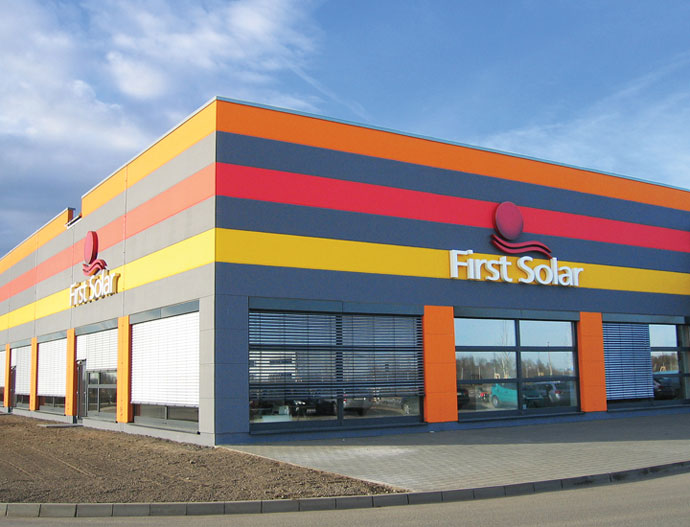Germany recorded the highest percentage gain in an inward investment rebound in Europe in 2010, according to Ernst & Young’s ninth annual European Attractiveness Survey. This report combines an analysis of international investment into Europe over the last year with a survey of more than 800 global executives on their views about how and where global investment will take place in the next decade.
Across Europe there was a 14-percent increase in projects from 3,303 in 2009 to 3,757 in 2010. The majority of the 43 countries in Europe whose inward investment is measured by the survey showed an improvement. The number of new jobs created across Europe as a result of these investments was also up by 10 percent to 137,000, although this still remains well below the peak of five years ago.
Although the U.K. and France remained the most attractive countries for investors with 728 and 562 FDI projects at growth rates of 7 percent and 6 percent, respectively, the real success story for 2010 among the major European economies was Germany, whose project numbers rose by 34 percent to 560 in 2010, challenging France for second place.
Investment from the U.S. was the primary reason for the turnaround in FDI across Europe, with an increase of 24 percent in project numbers over 2009. The U.S. accounted for more than a quarter of all projects.
“Following a significant decline in investment during the worst of the global recession, investors are now coming back in force to Europe led by the United States,” said Mark Otty, Ernst & Young’s area managing partner for Europe, Middle East, India and Africa. “The challenge for Europe will be to maintain this momentum in an increasingly competitive global environment.”
Countries in Central and Eastern Europe saw strong growth in 2010 with Russia, Poland, Hungary and the Baltics all recording double-digit growth in project numbers, reflecting the strong economic recovery in the region and its growing attractiveness to business.
Portugal, Greece and Spain all saw a decline in project numbers. Spain was overtaken by Russia as the fourth largest recipient for FDI in Europe. By contrast Ireland saw a 36-percent growth in projects in 2010, underlining its long-term competitiveness in terms of tax rates and a highly skilled work force.
Sectors that were hit in 2009 with a decline in FDI projects saw a significant rebound in 2010. Investments in the automotive sector doubled in 2010 and provided 25 percent of the jobs created by FDI projects in Europe. FDI projects in business services and software also went up by 15 percent with a 65-percent increase in jobs created. Europe also attracted 204 projects in renewable energy in 2010, up 29 percent on the previous year. Not all sectors saw an increase: Food, pharmaceuticals, minerals and telecom, which did comparatively well in 2009, all saw a decline in project numbers in 2010.
Although the number of jobs created in 2010 was up on 2009, it remains nearly 40 percent below the 2006 peak, as the nature of the investments into Europe has shifted in relative terms in the last five years from large manufacturing projects to smaller business services, according to E&Y.
